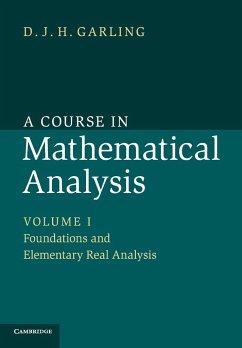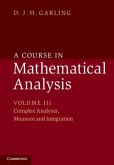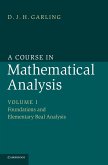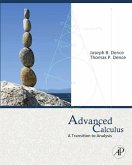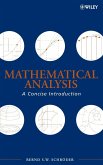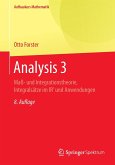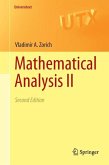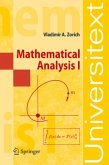The three volumes of A Course in Mathematical Analysis provide a full and detailed account of all those elements of real and complex analysis that an undergraduate mathematics student can expect to encounter in their first two or three years of study. Containing hundreds of exercises, examples and applications, these books will become an invaluable resource for both students and instructors. This first volume focuses on the analysis of real-valued functions of a real variable. Besides developing the basic theory it describes many applications, including a chapter on Fourier series. It also includes a Prologue in which the author introduces the axioms of set theory and uses them to construct the real number system. Volume 2 goes on to consider metric and topological spaces and functions of several variables. Volume 3 covers complex analysis and the theory of measure and integration.
Hinweis: Dieser Artikel kann nur an eine deutsche Lieferadresse ausgeliefert werden.
Hinweis: Dieser Artikel kann nur an eine deutsche Lieferadresse ausgeliefert werden.
'Garling is a gifted expositor and the book under review really conveys the beauty of the subject, not an easy task. [It] comes with appropriate examples when needed and has plenty of well-chosen exercises as may be expected from a textbook. As the author points out in the introduction, a newcomer may be advised, on a first reading, to skip part one and take the required properties of the ordered real field as axioms; later on, as the student matures, he/she may go back to a detailed reading of the skipped part. This is good advice.' Felipe Zaldivar, MAA Reviews

